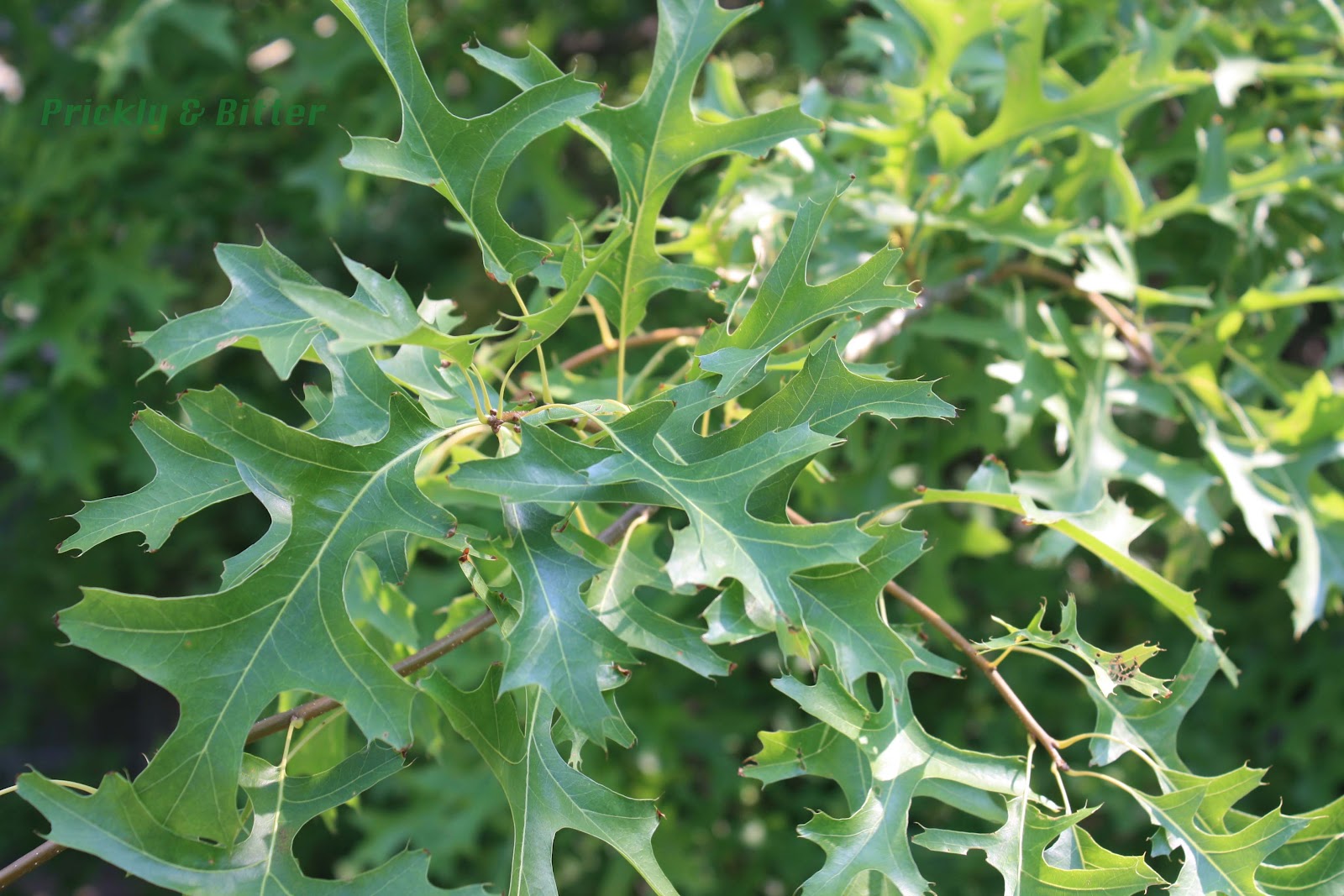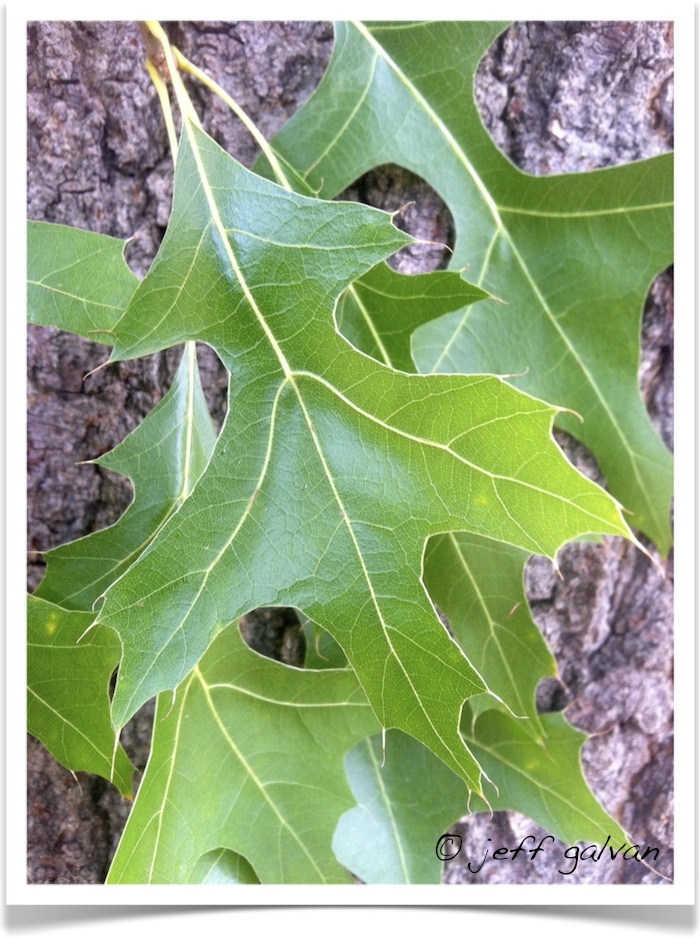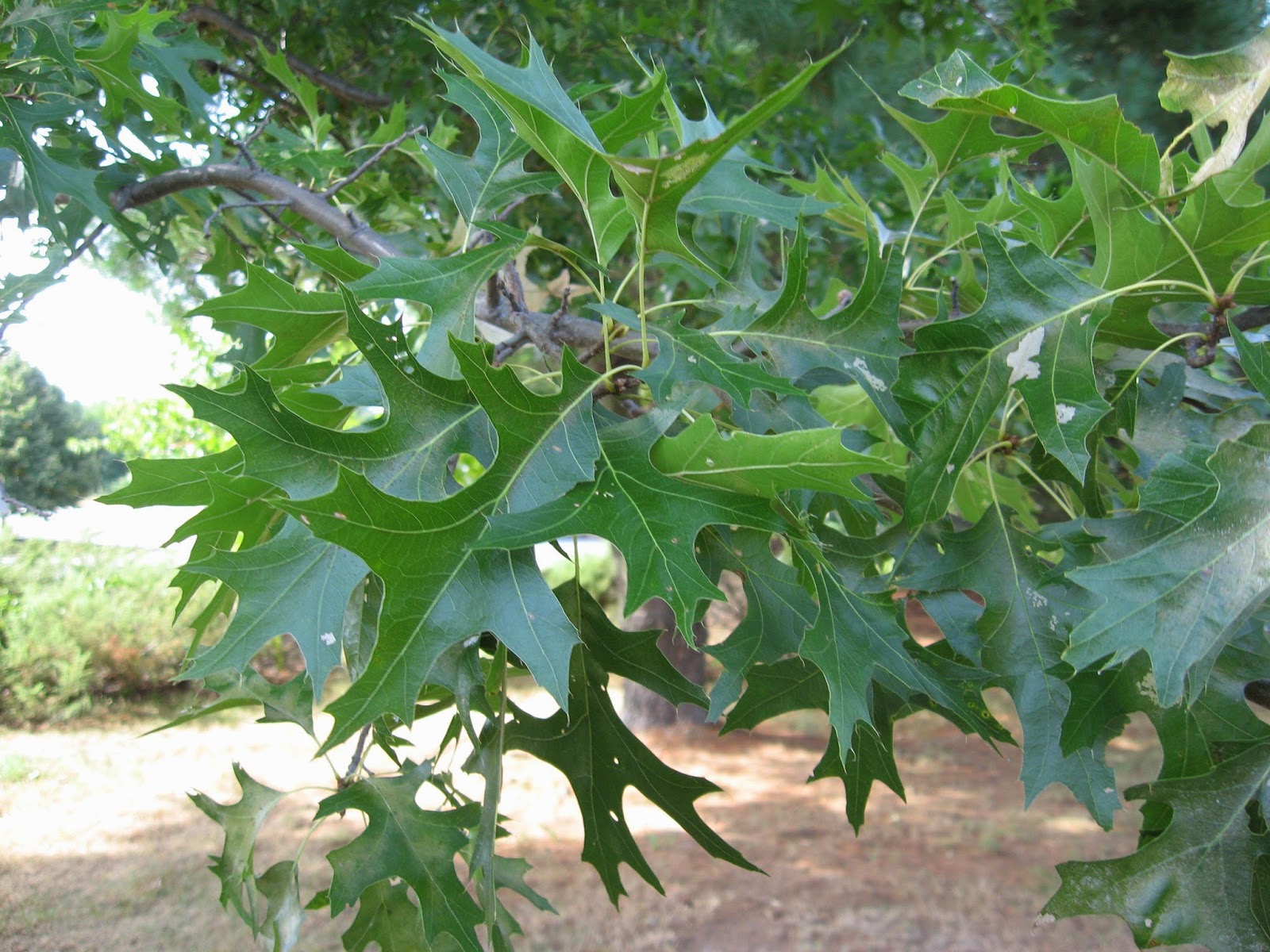
 Minimize disturbance to hydrology, including soil disturbance from rutting. Management guidelines are additional considerations that may help maintain or enhance habitat for this species Avoid broadcast spraying of herbicides use care with spot spraying. Avoid site preparation that heavily disturbs herbaceous ground layer and soil these include bulldozing and furrowing, as well as grubbing and stump removal. However, in areas of the state where frozen conditions are unreliable, very dry soils late in the growing season might be the best available alternative. Ideally, this would involve frozen, snow-covered ground. Avoid known individual plant locations and conduct operations elsewhere when they are least likely to cause damage. These are specific actions designed to avoid "take" (mortality) of this species. Sources used in developing this information can be found here. These are a work in progress, and we welcome your suggestions and feedback. The Endangered Resources Program has developed avoidance measures and management guidelines for plants on the Natural Heritage Working List. Comments: Associated Species: Acer saccharinum, Ulmus americana, Betula nigra, Quercus bicolor, Salix nigra, Leersia lenticularis, Carex muskingumensis. Optimum time to identify: The optimal identification period for this species is late May through late September. Fruiting phenology: late July through early September. Leaf characteristics: Shiny, paler on the underside, often tapering to a point at the base, wrapping around the petiole slightly, 2 to 3 pairs of toothed lobes, each lobe much longer than the center part of the leaf is wide.
Minimize disturbance to hydrology, including soil disturbance from rutting. Management guidelines are additional considerations that may help maintain or enhance habitat for this species Avoid broadcast spraying of herbicides use care with spot spraying. Avoid site preparation that heavily disturbs herbaceous ground layer and soil these include bulldozing and furrowing, as well as grubbing and stump removal. However, in areas of the state where frozen conditions are unreliable, very dry soils late in the growing season might be the best available alternative. Ideally, this would involve frozen, snow-covered ground. Avoid known individual plant locations and conduct operations elsewhere when they are least likely to cause damage. These are specific actions designed to avoid "take" (mortality) of this species. Sources used in developing this information can be found here. These are a work in progress, and we welcome your suggestions and feedback. The Endangered Resources Program has developed avoidance measures and management guidelines for plants on the Natural Heritage Working List. Comments: Associated Species: Acer saccharinum, Ulmus americana, Betula nigra, Quercus bicolor, Salix nigra, Leersia lenticularis, Carex muskingumensis. Optimum time to identify: The optimal identification period for this species is late May through late September. Fruiting phenology: late July through early September. Leaf characteristics: Shiny, paler on the underside, often tapering to a point at the base, wrapping around the petiole slightly, 2 to 3 pairs of toothed lobes, each lobe much longer than the center part of the leaf is wide. 
An individual leaf is 2-6 long by one-half as wide and pinnated, with long lobes.
Fruit characteristics: Acorn 1 to 2.5 cm wide acorn cap saucer-shaped with very small scales that are covered with tiny hairs, covers 1/4 to 1/3 of the nut which is 10 to 14 mm wide. Pin Oak leaves are alternate and occur on new growth grouped together. Flower characteristics: Male catkins hairy, 5 to 10 cm female flowers with wooly hairs stigmas red. Canker (Anthracnose) Anthracnose is caused by a fungus which grows on the leaves of a tree. For more information on protecting oak trees from this fungus, read about Texas Oak Wilt Prevention. 
palustris is found in wet lowlands as oppose to well-drained uplands. The Texas Oak Wilt Partnership states that the most obvious symptom in pin oaks is bearing red leaves in the summer when the leaves should be green.

palustris can be distinguished from these species by having a shallower acorn cup, covering only about 1/4 of the nut. Pin Oak is commonly planted in North Carolina, but fairly rare in the wild, where it occurs in the northern half of the.
Distinguishing characteristics: Leaves appear similar to Q. The optimal identification period for this species is late May through late September. Blooming occurs throughout May fruiting occurs late July through early September. Twig: Slender, red-brown in color and quite lustrous with multiple terminal buds that are small, pointed, and chestnut brown.īark: Gray-brown and very tight and thin remains smooth for many years, eventually develops thin ridges and furrows.įorm: A medium sized tree that is very pyramidal lower branches are pendulous and middle branches grow at right angles branches are studded with numerous branchlets that do not prune readily, resulting in a spiny appearance.Pin Oak ( Quercus palustris), a Wisconsin Special Concern plant, is found in southern floodplain forests. Bright green above and pale below with axillary tifts.įlower: Species is monoecious male flowers borne on slender, drooping yellow-green catkins females reddish green borne on short spikes in new leaf axils, appearing in the spring with the leaves.įruit: Acorns are 1/2 inch long, striated, round (but flattened at the cap) thin and saucer-like cap, covered with red-brown appressed scales matures after 2 years, dispersed fall to early winter. Leaf: Alternate, simple, 3 to 6 inches long, oval in outline with 5 to 9 bristle-tipped lobes and irregularly deep sinuses that extend nearly to the midrib.








 0 kommentar(er)
0 kommentar(er)
